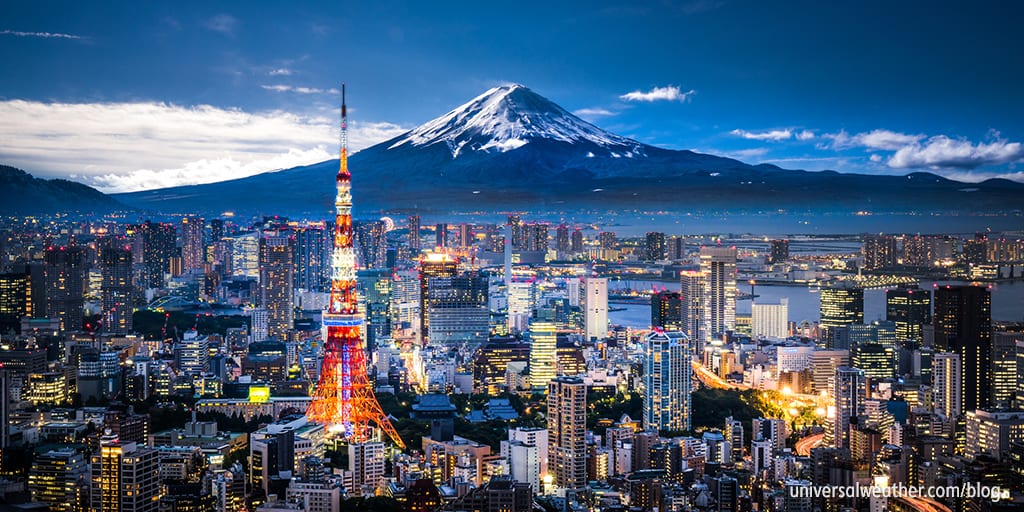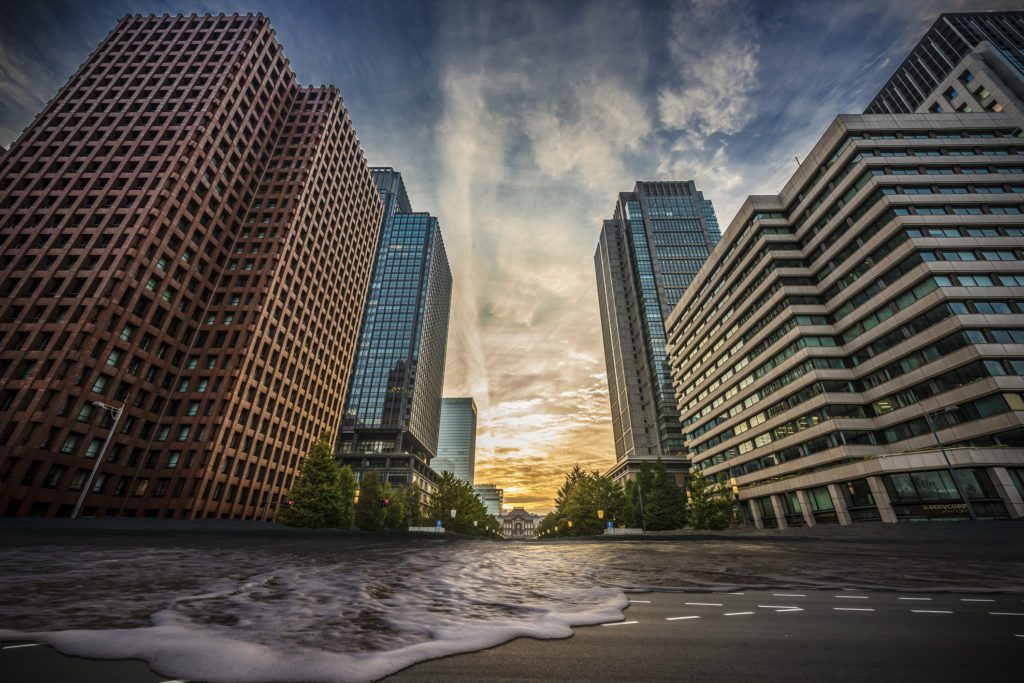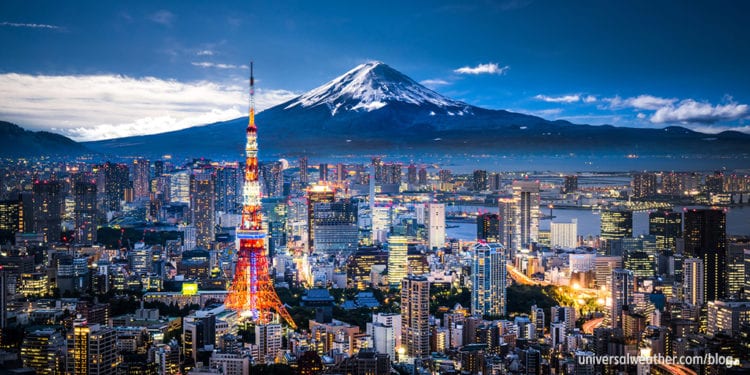
For more information on Japan, visit our destination guides:
Tokyo is a safe, modern city well-equipped to provide first-rate services for business aviation. With proper pre-planning, operators can expect a pleasant experience.
Here is everything you need to know about operating to Tokyo.
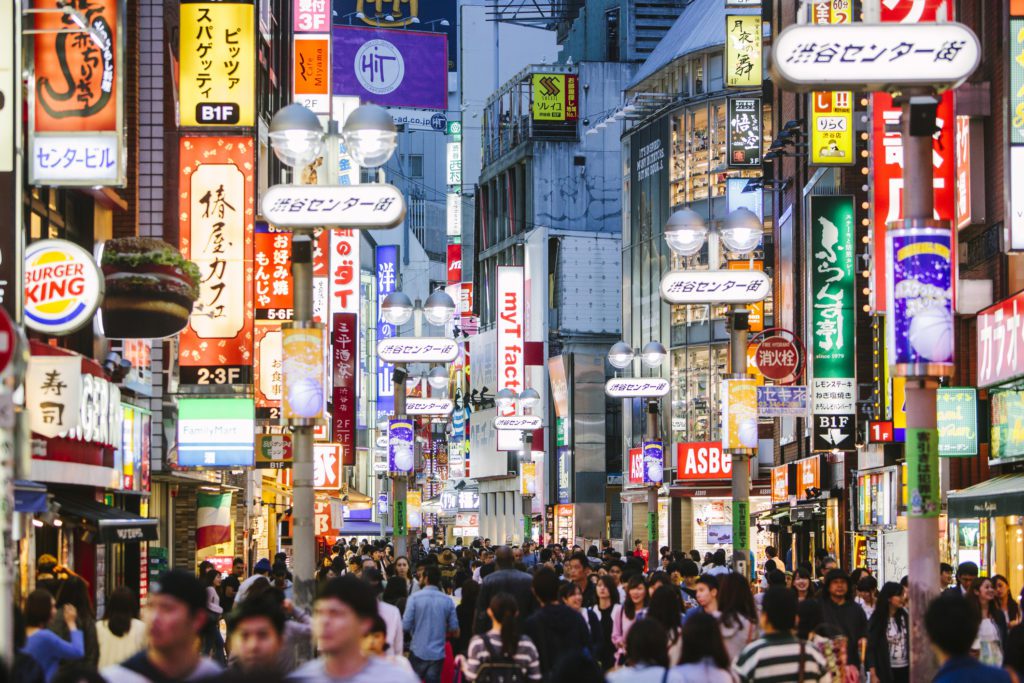
Airport options
Tokyo is served by two airports – Haneda (RJTT) and Narita (RJAA) – and both have their pros and cons from the general aviation (GA) operating perspective. The good news is that both locations offer easier GA access and less onerous lead time requirements than was the case just a few years ago. RJTT is available to GA 24 hours, while RJAA allows operations only 0600-2259 local. Although RJTT slots/parking can be a little more challenging to obtain than RJAA, they can, in many cases, be set up with 24-48 hours’ notice. RJTT does not have a hangar for GA, but RJAA does have hangarage available.
Location in relation to destination
RJAA is a 1 – 1.5-hour drive (65 km / 40 mi) to central Tokyo (depending on traffic and destination) while closer-in RJTT is typically a 15-40-minute drive (20 km / 12.5 mi). Helicopter service can be arranged from RJAA to many locations around Tokyo. The cost of this helicopter service is approximately $3,000 each way. There’s no helicopter service between RJTT and central Tokyo.
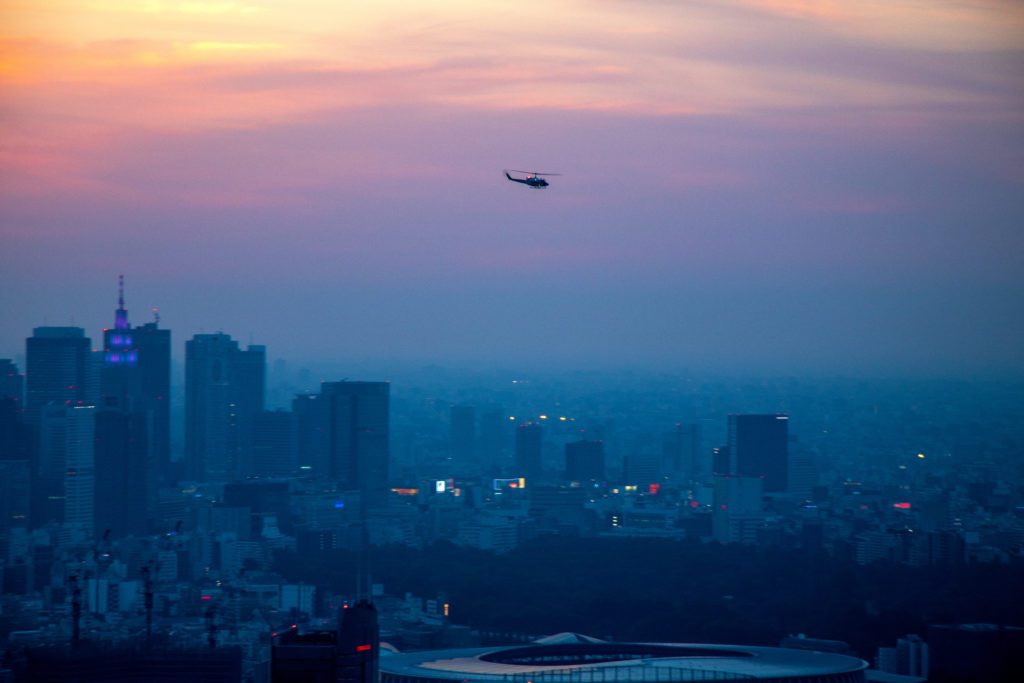
Airport hours and flexibility
RJAA has curfew hours (2300-0559 local). However, approval is possible for take-off/landing in the period of 2300LCL to 2359LCL if some conditions satisfy.
However, 24 hours RJTT will give you better operational flexibility in this regard.
Parking
RJTT
This location offers approximately 17 GA parking spots available to GA for 24 hours. From time to time these will all be occupied. Since July 2021, a new Business Aviation Gate has opened with its own customs, immigration, and quarantine (CIQ) clearance channel. While slot availability has been boosted at this location, GA parking is still an issue here and max parking time on the ground is limited to four nights/days.
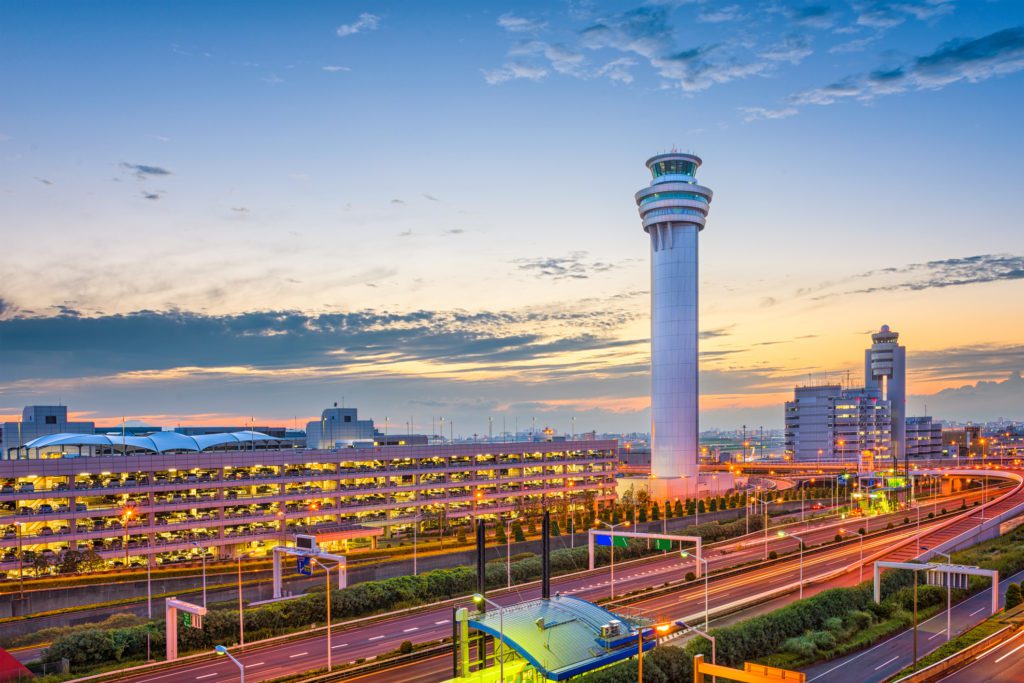
RJAA
This location has 18 GA parking spots that will be usually available. Airport slots/parking are seldom an issue here and can usually be obtained the same day when needed. Note that RJAA has a hard curfew between 2300 to 0559 local, which is strictly implemented by the airport authority. A general aviation channel within the common terminal with CIQ clearance channel is available.
GA long-term parking is up to 29 nights/30 days.
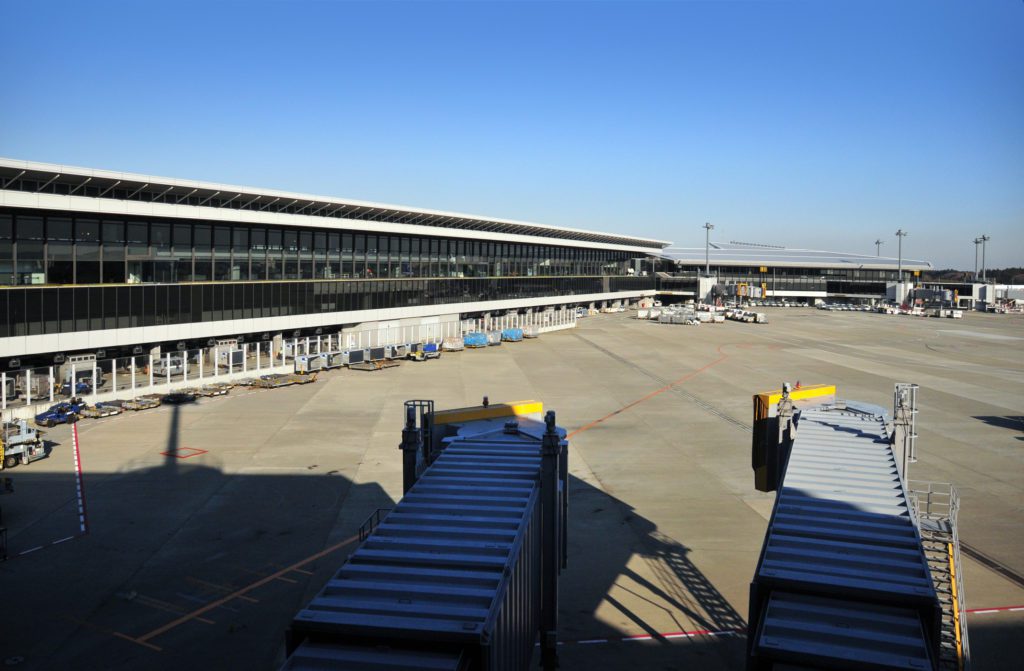
Infrastructure
While infrastructure conditions are good at RJTT, the condition of the taxiway leading to/from the GA parking area (N-Area) has not been ideal. The taxiway is often confusing around this area, and the crews are invited to be extra cautious when taxiing, particularly at night. The area suffered significant water puddling in the past and is under construction from 2022-2024. Although some GA parking spots have been relocated, total GA parking availability has not been significantly impacted by the construction work.
The condition of runways, taxiways, and ramp areas at RJAA is good. While there is always some minor construction activity going on, this does not usually impact GA operations. While infrastructure conditions are also good at RJTT, the condition of the taxiway leading to/from the GA parking area is not ideal. There’s no taxiway lighting in this area, and the GA ramp at the old side (921~944) is still prone to significant water puddling. To resolve these deficiencies, parts of RJTT GA ramp area should be under construction after 2021 Olympic summer games, with some parking spot limitations for GA traffic. Aircraft hangar space is available at Narita but is extremely expensive. During severe weather conditions such as typhoons, limited hangar accommodation may be secured at a high price. Expect to pay about USD 4,000 per three hours for hangar use at RJAA. Follow-me cars are provided for commercial and business aircraft at RJAA and RJTT.
Airport slots
In most instances, slots can be confirmed for either airport by making a request the day before operation. In many cases, same-day slot requests will be accommodated. However, remember that you may not always get the exact operating times you request, particularly for RJTT. Airport slots are required for arrival/departure at Haneda (RJTT) and Narita (RJAA). However, compared to the situation just a few years ago, airport slots are now much easier to obtain at both Tokyo airports.
PPRs
PPRs aren’t needed at either airport.
Handling, FBOs & Equipment
Ground services and support at both Tokyo area airports and airports throughout Japan are among the best in the world. While this can be a somewhat expensive operating environment, services here are reliable and on time. Be aware of the operating hours of for RJAA vs. RJTT when traveling to this location.
Complete ground handling support, infrastructure, and services are available at Haneda (RJTT) and Narita (RJAA). However, it’s preferred that operators provide at least 24 hours’ advance notification to set up handling and general aviation terminal (GAT) services.
As there no North American or European-style fixed-base operators (FBOs) in Japan, be aware that you’ll be parked at a general airport ramp area. While the handling process goes smoothly at larger airports, there can be issues with ground support equipment (GSE), and handling schedules overlap at smaller airport locations.
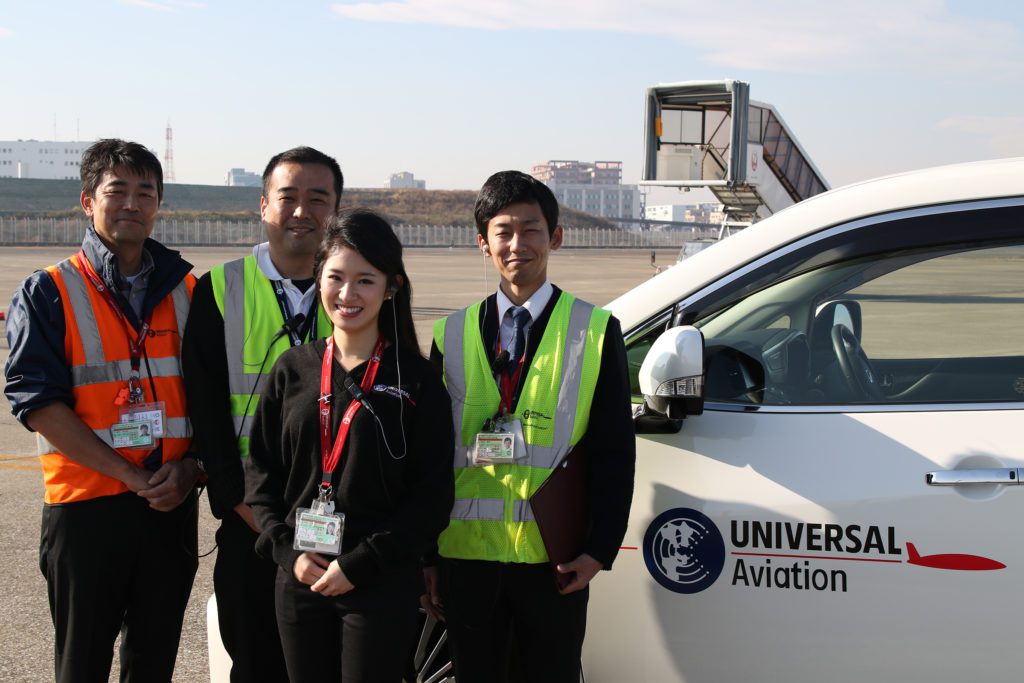
For more information on handling in Japan, Universal Aviation Japan can help.
Hotels
Airport hotels are available at RJAA and RJTT. In most cases, hotels close to the airports are not international hotel brands and are usually only 3-star properties. The city center area must be considered for better quality crew accommodations, with 4-star hotel pricing more than 200 USD/night.
Be mindful that hotels throughout much of Japan tend to sell out during specific tourism periods of the year. These include Golden Week (late April), cherry blossom blooming season (late March), summer holidays (August), and autumn (late October into November). During these peak periods, operators and ground handlers may need to become creative in sourcing crew accommodations. In some cases, it may be necessary to drive some two hours out of town to obtain adequate crew accommodations.
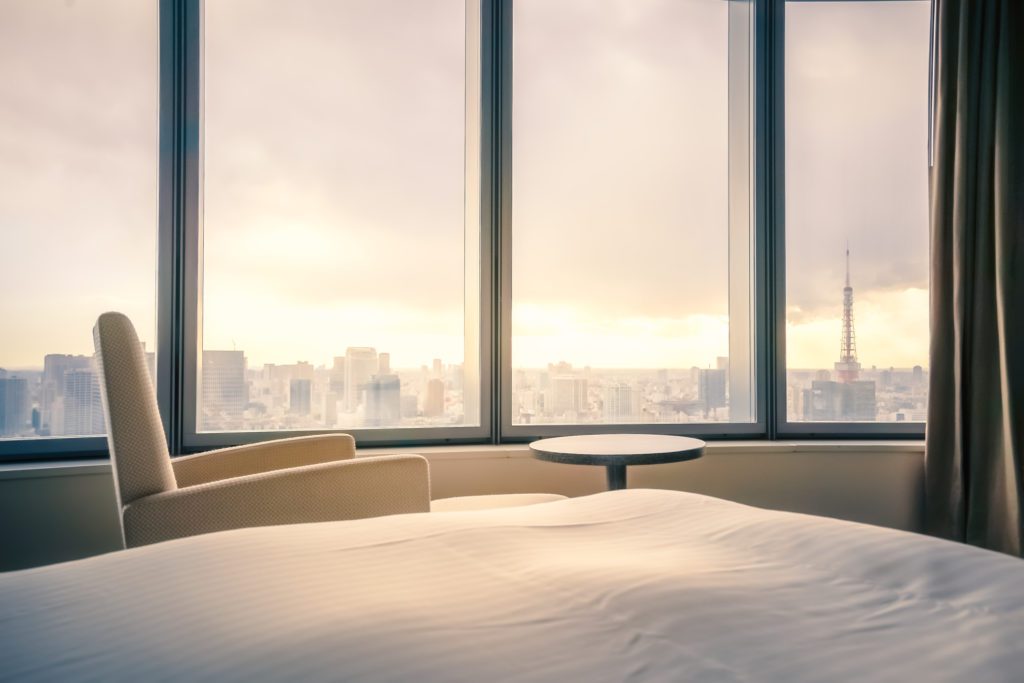
Ground transport
Pre-paid ground transport (with driver) is recommended when visiting Tokyo. Taxi drivers in this region rarely speak English. For many, rental cars are not an ideal option as most signage is in Japanese, and vehicles are driven on the left side of the road. Pick up or drop off planeside is not possible at either Tokyo airport.
You can get a free quote for ground transportation through Drivania.
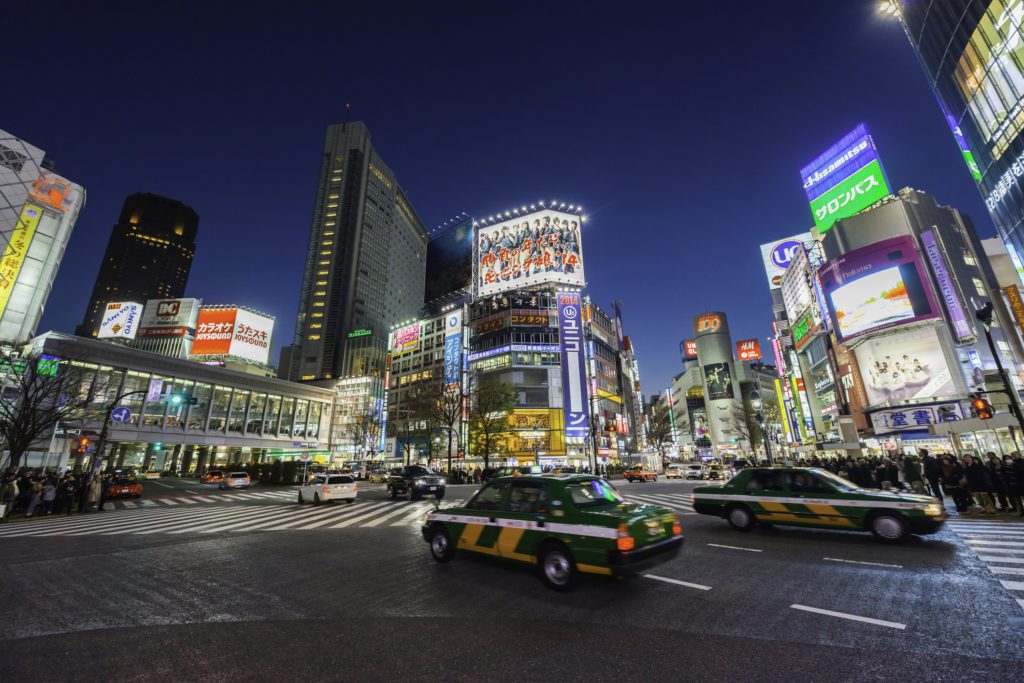
Fuel and credit
While fuel availability and credit is very good at both Tokyo airports, it’s important to coordinate this early with your ground handler so that manpower can be allocated and services set up. Best practice is to provide a copy of the fuel release, by email or fax, to your handler before arrival. Other forms of acceptable credit include fuel and aviation company cards. Note that fuelers do not accept cash payments. However, there is the option of paying the cash to the handler and extending credit for the fuel uplift.
In-flight catering
Catering can be sourced from in-flight caterers, hotels, and restaurants when operating to either RJTT or RJAA. We recommend allowing three days’ lead time for in-flight catering uplifts as shorter notice may limit your options. Many hotels and restaurants in the RJTT and RJAA areas will not provide meals to be consumed off-site for safety and liability reasons. So, it’s best to use in-flight catering services or work with your handler to locate a restaurant willing to provide “take-out” options.
Your ground handler should have hotel and restaurant catering contacts and can supervise the delivery of catering airside. Varied menus in PDF format are available on request.
You can check Air Culinaire Worldwide to see catering options and menus available.
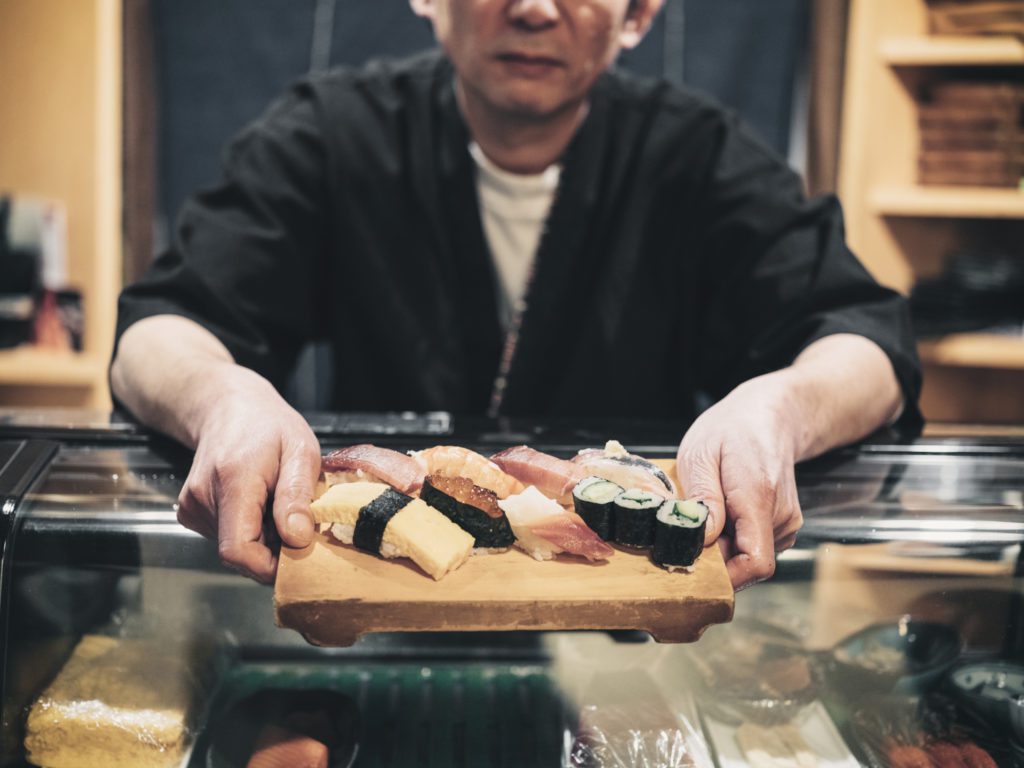
Security
All airports in Japan are secure facilities with good fencing, patrols, surveillance, and access controls. While it’s possible to arrange to have a private guard monitor your aircraft while it’s on the ramp, the guard must be unarmed. Armed aircraft security is unavailable throughout Japan.
Both airports have fencing 3 meters in height, are patrolled by airport police and private security, and have surveillance cameras airside. While additional passenger/crew and aircraft security may be arranged, it’s not generally required or recommended.
Customs
Express customs, immigration, and quarantine (CIQ) clearance options are available via general aviation terminals (GATs) at both Haneda (RJTT) and Narita (RJAA). While there are charges associated with these services, we recommend these options are as you’ll clear quicker and in a less public setting.
While both RJTT and RJAA offer GATs with customs, immigration, and quarantine (CIQ) clearance, there are some differences to consider. Use of the GAT facilities to obtain express and more private CIQ clearance is optional. Still, it comes at a price – 260,000 Yen (about 2280 USD) per use at RJTT and 250,000 Yen (about 2200 USD) at RJAA. Lead time to set up CIQ clearance via a GAT is 24 hours before usage at RJTT and 1500 local the day prior for RJAA. Be mindful that GAT CIQ is available for passengers only at RJTT. At the same time, RJAA allows both passengers and crew to use this facility. Should passengers opt not to use the GAT clearance, they can expect to wait up to about 30 minutes at RJTT’s common terminal facility and up to 90 minutes at RJAA. Travel time between the aircraft and GAT is 3-10 minutes at RJTT, with an additional transport charge, and about 10 minutes at RJAA with transport included in the facility charge.
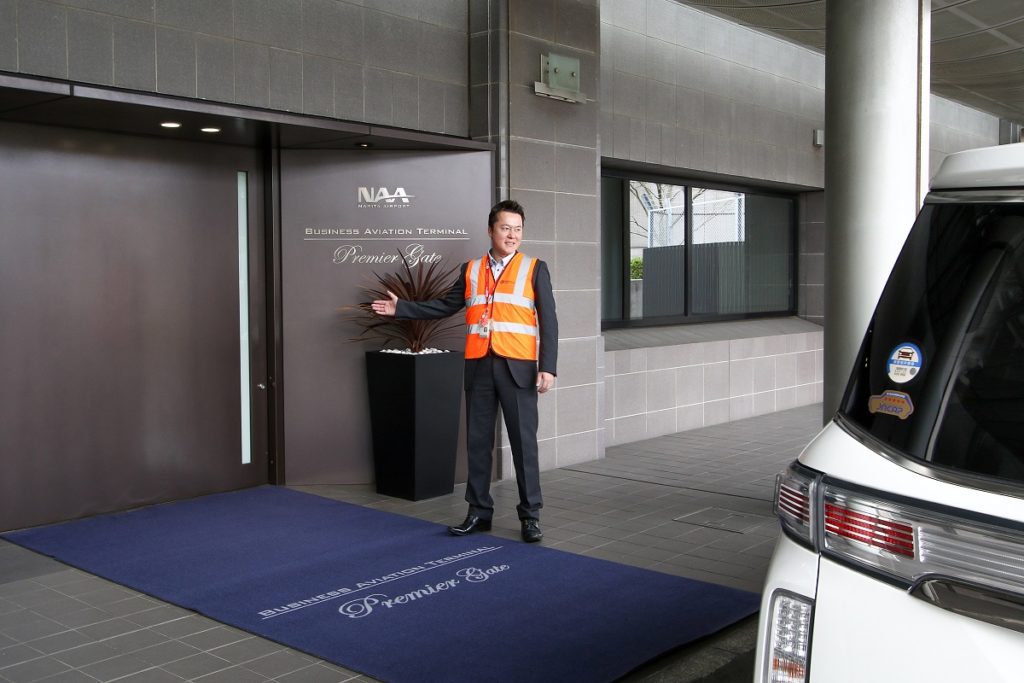
Weather
During the winter months, particularly in the north island of Hokkaido, overnight parking may be severely restricted due to snow conditions and accumulation. Even at RJAA, parking restrictions are put in place from time to time during winter season snow events.
June through mid-July is the rainy season in Japan, and airport operations occasionally shut down during heavy rain conditions. Typhoons are also a consideration June through October. There’s also the potential for airports to close due to high crosswinds and fog conditions.
Peak season/high-traffic events
Annual peak traffic periods in Tokyo include New Year holidays (end of December till early January), Golden Week (late April), cherry blossom blooming season (late March), summer holidays (August), autumn (late October into November), and Christmas season (late December).
Universal Aviation Japan can help you formulate your strategy and provide the latest information.
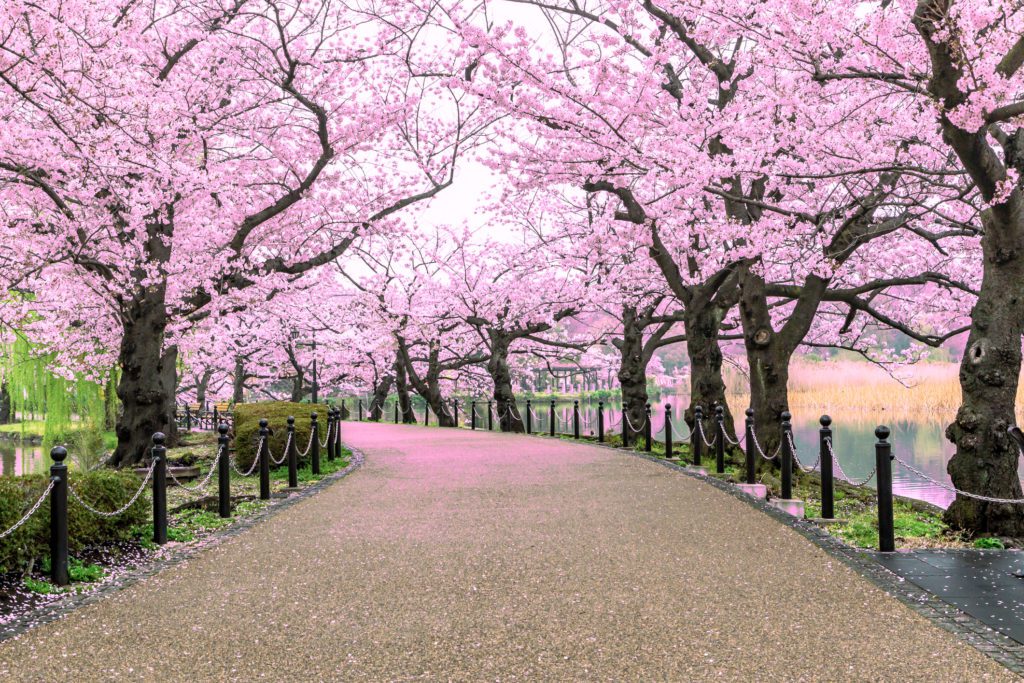
Conclusion
While the quality of business aviation services is generally outstanding in Tokyo, it’s best to begin planning and arranging slots, parking, and services well in advance of your mission. Additionally, Japan has enacted several new regulatory requirements within the last few years. Therefore, always check with your trip support provider for the latest information.
